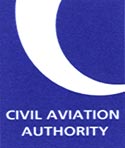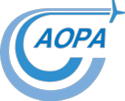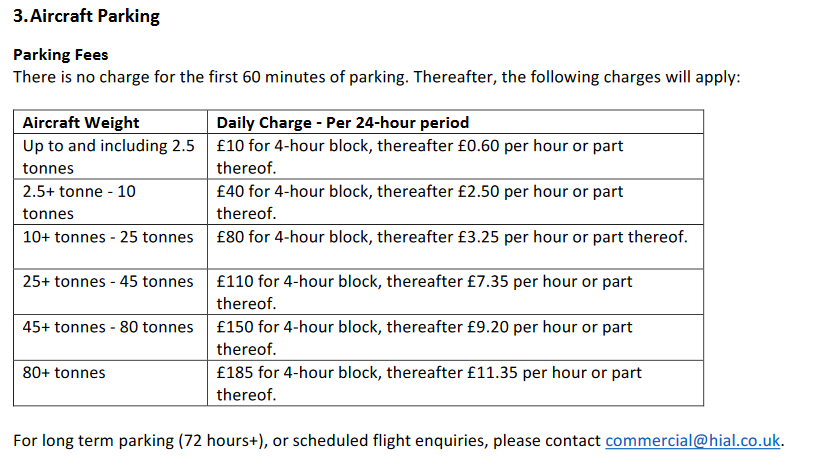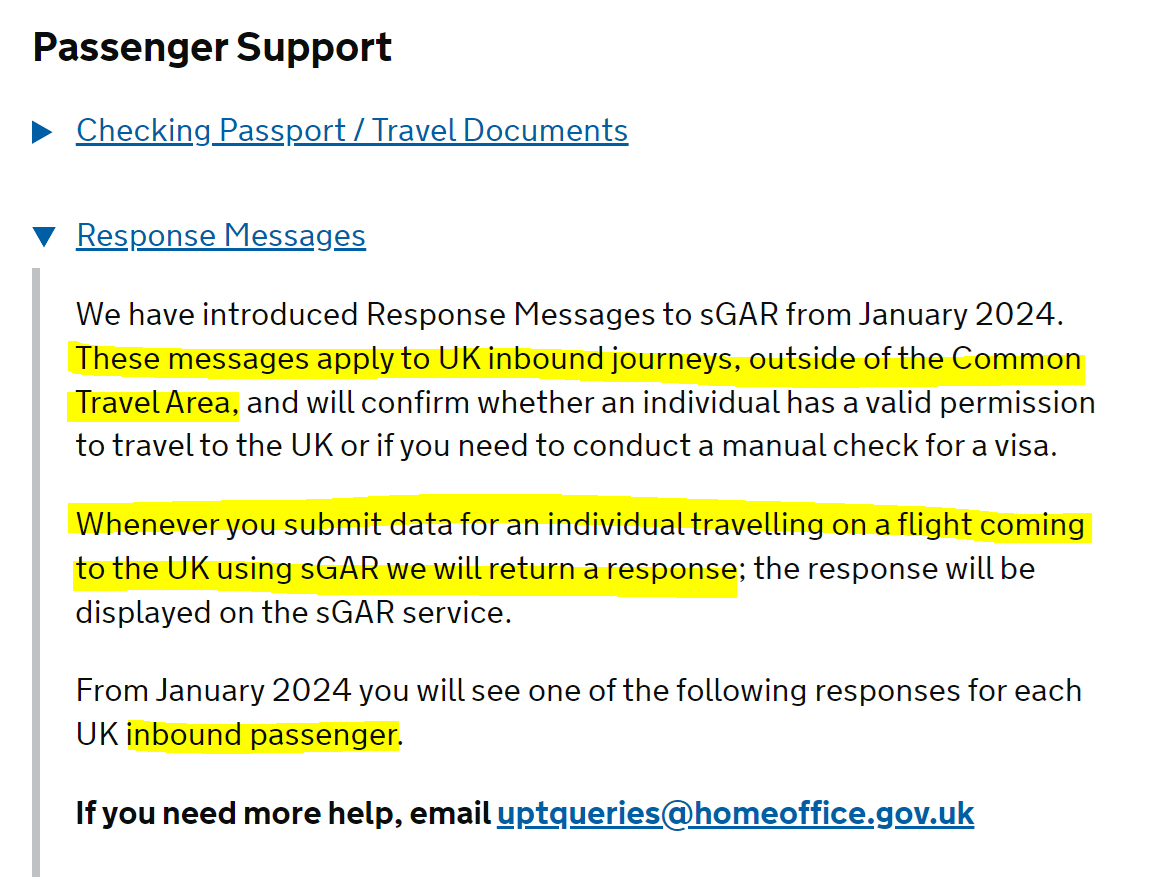View our latest and past news items.
- Details
- Published:
 |
Charles Strasser OBE 1927 - 2024 |

Charles Strasser OBE SBStJ MSc FCIM
1927 - 2024
AOPA are sad to hear of the passing of Charles Strasser, vice-president of AOPA UK on 10 June 2024.
Charles's aviation related activities included, being Chairman of the Channel Island region of AOPA UK, a member of and past Vice Chairman of the Jersey Aero Club, a Director of and past world President of IFFR (International Fellowship of Flying Rotarians), a member of the PPL/IR Network and a past St John Ambulance Air Wing volunteer pilot and Midland region co ordinator for the transportation of human kidneys for transplant.
He personally initiated and progressed on behalf of AOPAbringing into being the CAA CAP 667 9.2(c) recommendation that, to reduce the incidence of fatal GA accidents, airports and aeroedromes should not charge any fees for emergency and precautionary diversion landings - the Strasser Scheme.
Charles was born in Czechoslavakia but moved to the U.K. with his parents in 1938, aged 11. By the age of 18, he was a dispatch rider with the Czech Independent Armoured Brigade and led a convoy of allied troops into Kasejovice. He was made an honorary Czech citizen in 2021.
He became a successful businessman on his return to the U.K. and was actively involved in many charities. Charles was the regional coordinator for the Midlands St John Ambulance Air Wing. He was awarded an O.B.E. for humanitarian services in 2000.
An active pilot for many years, his Piper Seneca was a well known visitor to many airports and airfield throughout Europe and beyond. He held an FAA CPL and IR.
Charles made a significant contribution to general aviation and pilots will benefit for many years to come from his efforts to get a better deal for GA pilots. Charles was a tough but fair negotiator, not easily accepting bureaucracy and red tape.
AOPA has lost a member and the aviation community in general has lost much more.
- Details
- Published:
 |
IAOPA News Report - VFR Flight Plans within Schengen Area |
In a previous newsletter it was reported that there has been a relaxation of the requirement to file a flightplan within the Schengen Area. This gave rise to several questions from our members, so a few clarifications are appropriate.
No flight plan is required for VFR flights to or from a state within the Schengen area unless:
- The relevant state has a flight plan requirement for VFR flights;
- The flight crosses the airspace of a state outside the Schengen area; or
- The submission of a flight plan is mandatory under paragraph SERA.4001, part b, subparts 1, 3, 4 and 6 of Regulation (EU) No. 923/2012.
SERA.4001 Submission of a flight plan states:
(a) Information relative to an intended flight or portion of a flight, to be provided to air traffic services units, shall be in the form of a flight plan. The term ‘flight plan’ is used to mean variously, full information on all items comprised in the flight plan description, covering the whole route of a flight, or limited information required, inter alia, when the purpose is to obtain a clearance for a minor portion of a flight such as to cross an airway, to take off from, or to land at a controlled aerodrome.
(b) A flight plan shall be submitted prior to operating:
(1) any flight or portion thereof to be provided with air traffic control service;
(2) any IFR flight within advisory airspace;
(3) any flight within or into areas, or along routes designated by the competent authority, to facilitate the provision of flight information, alerting and search and rescue services;
(4) any flight within or into areas or along routes designated by the competent authority, to facilitate coordination with appropriate military units or with air traffic services units in adjacent States in order to avoid the possible need for interception for the purpose of identification;
(5) any flight across international borders, unless otherwise prescribed by the States concerned;
(6) any flight planned to operate at night, if leaving the vicinity of an aerodrome.
(c) A flight plan shall be submitted, before departure, to an air traffic services reporting office or, during flight, transmitted to the appropriate air traffic services unit or air-ground control radio station, unless arrangements have been made for submission of repetitive flight plans.
(d) A flight plan for any flight planned to operate across international borders or to be provided with air traffic control service or air traffic advisory service shall be submitted at least sixty minutes before departure, or, if submitted during flight, at a time which will ensure its receipt by the appropriate air traffic services unit at least ten minutes before the aircraft is estimated to reach:
(1) the intended point of entry into a control area or advisory area; or
(2) the point of crossing an airway or advisory route.
This last point deserves some clarification. You must therefore submit a flight plan for:
Any flight or portion thereof to be provided with air traffic control service;
Any flight within or into areas, or along routes designated by the competent authority, to facilitate the provision of flight information, alerting and search and rescue services;
Any flight within or into areas or along routes designated by the competent authority, to facilitate coordination with appropriate military units or with air traffic services units in adjacent States in order to avoid the possible need for interception for the purpose of identification;
Any flight planned to operate at night, if leaving the vicinity of an aerodrome.
Please note that many countries still explicitly require a flightplan when crossing the border. Always check the AIP. AOPA Holland has prepared a document which gives the current status. In practice the following block of countries all have relaxations in the flight plan filing requirement: Netherlands, Belgium, Luxemburg, Germany, Austria, Czech Republic, Slovakia, Romania and Hungary
Also note that other Schengen countries not only require a flightplan when crossing the border but also still officially require you to land at a designated airport of entry even for intra-Schengen flights. For instance Denmark.
| Schengen countries are Estonia, Greece, Spain, France, Italy, Latvia, Lithuania, Luxembourg, Hungary, Malta, the Netherlands, Austria, Poland, Portugal, Slovenia, Slovakia, Finland and Sweden, as well as the Balearic Islands, the Canary Islands, Madeira and the Azores. |  |
- Details
- Published:
 |
Law Commission consultation on aviation autonomy |
This is a public consultation by the Law Commission for England and Wales closing on 28 June 2024.
The Civil Aviation Authority (“CAA”), and the Department for Transport have asked the Law Commission to review the UK’s regulatory framework to prepare the UK for autonomy in aviation. This project forms part of, and has been partly funded by, the UK Research and Innovation Future Flight Challenge. For more information about this project, click here.
The focus of this consultation is reforms that will enable autonomous and remotely piloted flight to take place safely, lawfully, and with appropriate legal mechanisms for attributing criminal and civil liability when things go wrong.
The consultation questions are drawn from our consultation paper published as part of a review of aviation autonomy.
We recommend that consultees read the consultation paper, which can be found on our website:
https://lawcom.gov.uk/project/aviation-autonomy/
A shorter summary and overview is also available on the same page.
Stakeholders do not need to respond to all of the consultation questions – we are happy to receive responses to individual questions.
The consultation can be found here.
Footnote from Martin Robinsion, CEO AOPA UK:
The CAA and DfT have requested this work so responses need to accurate and not emotive. The consultation questions cover:
- Airworthiness and certification
- Rules of the air; this could include your views on see and avoid responsibilities, right of way, airspace segregation, collision avoidance, electronic conspicuity.
- VTOLs
- Drones
- Civil Liability and insurance
- Criminal liability
- Impact
If you do take part in this consultation can I ask you to copy your responses, either copy and paste your text or screenshots, to me:
- Details
- Published:
 |
Public engagement on changes to the Manchester Low Level Route (MLLR) launched |
The UK Civil Aviation Authority has announced their public engagement activity on its proposed amendment to the volume of airspace currently known as the Manchester Low Level Route (MLLR).
Their review of the airspace, published in July last year, uncovered a number of safety concerns, notably the risk of mid-air collisions (MAC), which endanger both air traffic and ground communities. Additionally, challenges in ensuring safe emergency landings due to urban expansion, risks of airspace infringements due to proximity to Class D airspace, and discrepancies in pilot GPS navigation software further complicate MLLR operations.
These findings, along with the fact that the current rule exemption that allows the MLLR to operate as it does, underscores the urgent need for amendments to mitigate these risks and enhance safety for all airspace users.
The Proposals
After detailed analysis and collaboration with both Manchester and Liverpool Airports, the CAA are now proposing an amendment to the MLLR with four core elements.
The proposed elements are:
- Reclassifying the current Class D MLLR airspace to Class G uncontrolled airspace.
- Implementing a Restricted Area within the reclassified airspace.
- A maximum altitude within the Class G airspace of 1500ft – 200ft higher than the MLLR currently permits.
- Creating Class G airspace 0.65 nautical miles wider than today’s MLLR along its eastern boundary.
The CAA have conducted a thorough Hazard Identification (HAZID) session with the neighbouring airspace controlling authorities and determined that the proposed amendment will improve safety within the MLLR, while not negatively impact the safety of their existing operations. The CAA also do not expect the amendment to have any negative impacts on the aviation community or local communities.
Have your say
the CAA encourage anyone with an interest in this airspace, including local communities, to participate in their public engagement, which ends on 15 July 2024. This can be accessed through the UK Civil Aviation Authority’s dedicated engagement page.
The CAA will also be holding a public drop-in information session to allow all stakeholders to come and speak to the project team and learn more. The details of this session are:
Date and time: 4 June 2024, 12:45 - 18:15
Venue: Hartford Village Hall, 244 Chester Rd, Hartford, Northwich CW8 1LW
Finally, it is important to note that this proposal to amend the MLLR is being presented by the UK Civil Aviation Authority and is a wholly separate piece of work to the airspace change proposals being presented by both Manchester and Liverpool Airports, as part of the FASI program.
If you have any questions or would like to discuss this further, please contact us at
Airspace Classification team
UK Civil Aviation Authority
- Details
- Published:
 |
Reclassify general aviation airfields as greenfield not brownfield sites: Government Response |
As the number of signatures has reached over 10,000 the Government published this response on 16 May 2024:
"We are not seeking to alter airfield classification at this current time.
The Government recognises the importance of the General Aviation (GA) industry for supporting key services as well as training and commercial use.
Critical to GA’s success is the network of airfields which reflect the diversity in the sector, differing in size and infrastructure capability, ranging from smaller airfields focused on training and educational opportunities, to larger regional and international business aviation hubs. They all have an important role in supporting the aviation sector.
The National Planning Policy Framework (NPPF) emphasises that planning policies should recognise the importance of maintaining a national network of GA airfields and their need to adapt and change over time. The NPPF is a material consideration in planning decisions, and each application is judged on its individual merits. It is for local planning authorities to make individual decisions based on the planning policy and guidance that reflect the local context and engagement with local stakeholders. The weight given to these considerations is a matter for the authority as the decision taker in the first instance.
The NPPF encourages effective use of land in meeting development needs, while safeguarding and improving the environment and ensuring safe and healthy living conditions. The NPPF states this should be in a way that makes as much use as possible of brownfield land.
Brownfield land is defined in the NPPF as “land which is or was occupied by a permanent structure, including the curtilage of the developed land (although it should not be assumed that the whole of the curtilage should be developed) and any associated fixed surface infrastructure”, with some specific exclusions.
Airfield buildings and their curtilage are currently regarded as brownfield land. However, as the policy above makes clear, it should not be assumed that the whole of the curtilage of a brownfield site should be developed.
Applications for planning permission to redevelop airfields must be determined in accordance with the development plan for the area unless material considerations indicate otherwise.
Applications for the reuse or redevelopment of airfields must also be considered in the context of wider national policy and account should be taken of the Government’s General Aviation Strategy. The NPPF acknowledges the significant contribution aviation makes to economic growth across the country – expecting planning policies, where supported by robust evidence, to identify and protect sites which could be critical in developing infrastructure to widen transport choice.
Department for Levelling Up, Housing and Communities"
You can view the response online here.
If the number of signatories reaches, or exceeds, 100,000 the Petitions Committee will consider it for a debate.
- Details
- Published:
 |
New Safety Sense Leaflet: VFR into IMC |
A new Safety Sense Leaflet has been published providing guidance to general aviation pilots on the risks and mitigations associated with continued Visual Flight Rules (VFR) flight into Instrument Meteorological Conditions (IMC).
This forms part of the popular Safety Sense series which are currently updating.
- Details
- Published:
 |
General Aviation Pilot Licensing Review Phase 2: Aeroplanes - Consultation Closes 22 May 2024
|
In October 2022, the CAA published CAP2335 (General Aviation Pilot Licensing & Training Simplification – Phase 1: Strategic Direction) as part of a 3 Phase program to simplify training and licensing for the UK’s General Aviation (GA) Sector.
The subsequent GA community response (CAP2532) showed strong support in several key areas for updating our current legislation with regards to Licensing and Training.
AOPA has been fully engaged with the process and made significant contributions to the proposals and community response.
This consultation (Phase 2) will explore these key areas in more detail, to ensure that the CAA are working towards the goals of the community whilst maintaining legislative compliance within these areas. The consultaion closes on 22 May 2024.
The outcome of this consultation will help finalise the proposals for the simplification of licensing and training. The final proposals and legal drafting will be developed with the Department for Transport and presented for legislative amendment Spring 2025.
- Details
- Published:
 |
HIAL Airport 2024 Parking Charges reduced for light aircraft |
When HIAL first published their charges for 2024, AOPA contacted HIAL to raise a number of concerns about the significant increase in costs for private GA flights in light aircraft, in particular parking fees. AOPA asked for these to be reviewed and HIAL have now revised charges for aircraft up to 2.5 tonnes:

Full details of HIAL terms and conditions can be found here.
- Details
- Published:
 |
Petition - Reclassify general aviation airfields as greenfield not brownfield sites |
AOPA, along with other Associations and the General Aviation Awareness Council (GAAC) have lobbied, and continue to lobby, Government to afford protection for Aerodromes/Airfields in planning guidelines.
A Petition "Reclassify general aviation airfields as greenfield not brownfield sites" has been started and runs to 24 October 2024. If the Petition achieves 10,000 signatures a government response wil be given. At 100,000 signatures this petition will be considered for debate in Parliament.
AOPA asks our members to consider supporting this petition.
- Details
- Published:
 |
Online GAR Response Messages - Common Travel Area |
When travelling within the Common Travel Area (CTA) of UK & Northern Ireland, Channel Islands, Isle of Man and Ireland no Response Message will be displayed. This was not obvious to users of the service and in response to a query from AOPA the UPT Queries Team have advised that the guidance notes have been updated as below:




